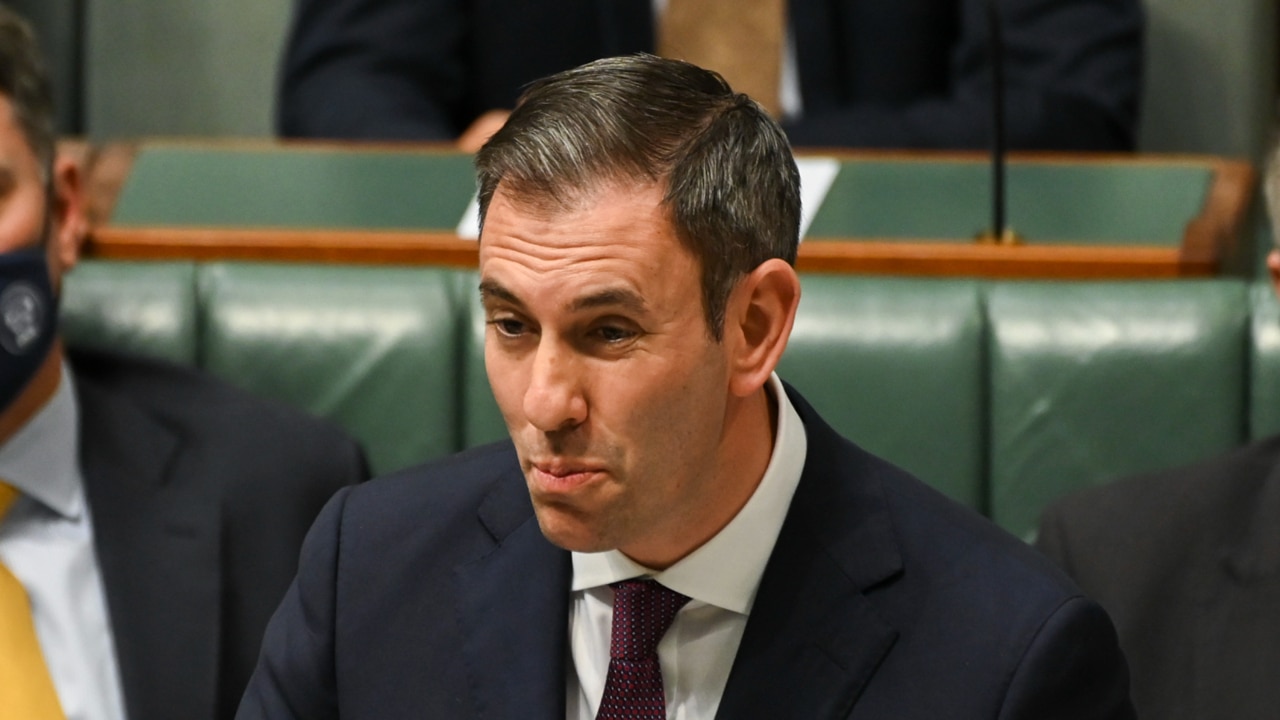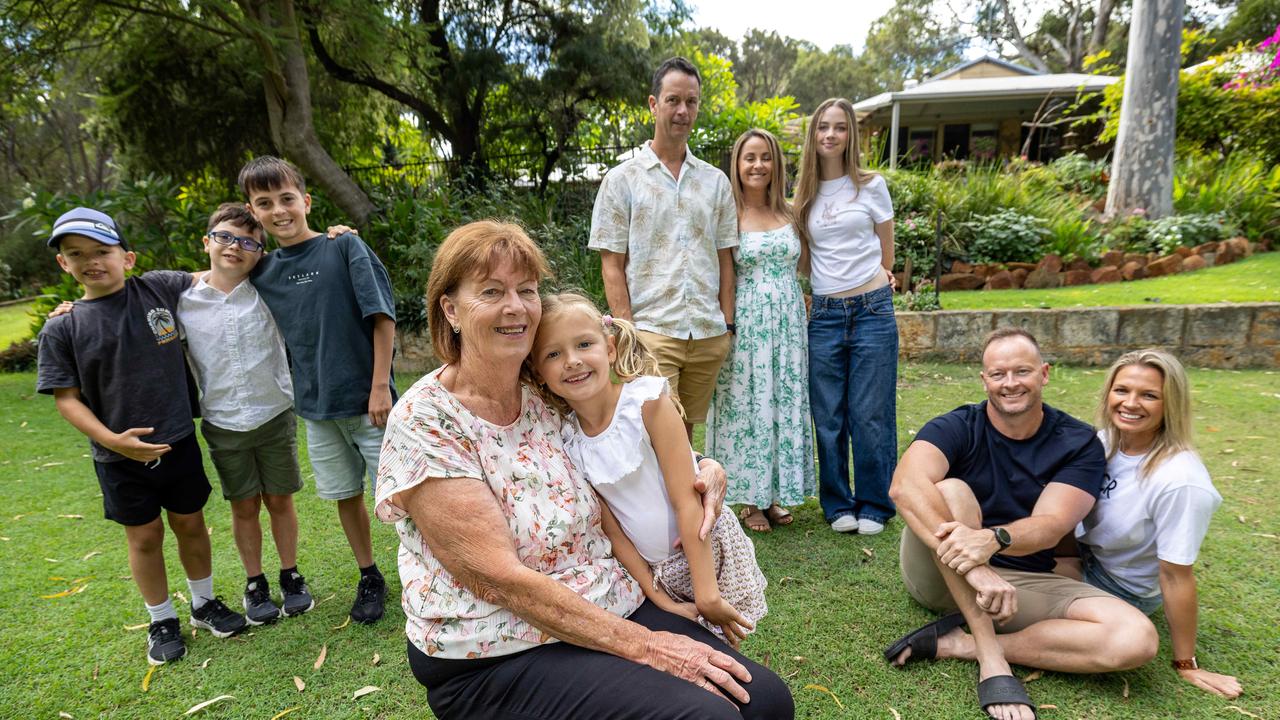Bonds and small caps the focus for younger Aussies and their SMSF
See how a mix of bonds and small cap stocks could rewire a moribund investment portfolio for those with plenty of work years ahead of them.

Self-managed super funds are increasingly appealing to younger Australians. Although those nearing or in retirement remain the dominant cohorts, ATO statistics show 13.5 per cent of SMSF members were aged 44 or younger at September 30, 2023.
For these members, they can expect to be in the workforce for another two decades or longer, as well as a similar period in retirement.
It’s a point worth making because in my experience as a financial adviser many of these SMSFs have conservative investment portfolios more suited to those nearing or in retirement. It’s not just the fund members adopting a cautious approach. Some of my peers not only advise such an investment approach, but typically only tweak their clients’ asset allocations at the margins at the yearly review.
Many of these younger clients could benefit from more aggressive investment strategies — after all, time is on their side.
What could this look like in 2024? I suggest allocating 50 per cent to bonds, 15 per cent to Australian small caps, 15 per cent to Australian real estate investment trusts (A-REITs), 10 per cent to emerging markets, and 10 per cent to cash/term deposits.
It’s a portfolio allocation, I suspect, which would have few imitating, especially the high allocation to bonds. Historically, SMSFs have neglected this asset class with the ATO numbers showing they only held $9.8bn in debt securities — 1.1 per cent of net SMSF assets of $851.2bn.
Yet bonds — our preference is for long-duration bonds such as 10-year Australian government bonds or 20-year US Treasuries which can also be accessed via ETFs for those with a limited balance — can deliver strong capital gain with minimal risk.
In Australia, falling inflation accompanied by interest rate cuts do not translate into a bond rally.
Rather, it has traditionally sparked equity rallies — witness the sharemarket’s reaction to the unexpectedly low 4.1 per cent year-on-year inflation number for the last quarter of 2023 announced on January 31. But this equities focus has quarantined SMSFs from bond market rallies delivering healthy capital gains and income.
In the past three months, for example, the yield on 10-year Australian government bonds has fallen by nearly 100 basis points, making a $100,000 investment now worth about $108,000, and the strong suspicion must be that this rally still has a way to go as our inflation numbers fall, with the 4.1 per cent figure the lowest it has been since the corresponding quarter in 2021.
Although the Reserve Bank is unlikely to cut interest rates immediately, the odds are shortening on it doing so in the second half of this year, adding fuel to this bond rally. Remember, if the yield falls another 100 basis points by the end of this calendar year — remember the 10-year government bond dipped below 1 per cent in late 2020 — it will make our $100,000 investment, paying semi-annual coupons, worth $115,672.
It’s not risk free. If our economy suddenly got a fresh head of steam ushering in rising inflation, expect the Reserve Bank to lift interest rates. Quickly.
It won’t have forgotten the lesson learnt from 2021, when monetary policy was kept too loose for too long.
Another opportunity lies with Australian small caps, defined as stocks with a market capitalisation between $50m and $500m. The S&P/ASX Small Ordinaries Index went backwards in calendar year 2022, with its negative return of 20.7 per cent the worst performance in its history. It recovered in 2023 with a return of 4.71 per cent, and this market sector should continue improving in 2024.
The economic uncertainty of 2022 prompted a flight to quality and liquidity, leaving small caps out of favour.
A-REITs, offering distribution yield, capital growth, diversification, and liquidity, are currently cheap when viewed through the prism of this market sector’s fundamentals: a high average occupancy rate, 25 per cent gearing, a weighted average lease expiry (WALE) of 5.5 years, and a conservative interest coverage ratio of five times.
For many SMSFs, emerging markets (EMs) are simply too difficult; the risks are too many and too high. But with only 10 per cent of our portfolio exposed, investment in a managed fund could pay dividends in 2024.
Currently, the valuation discount to developed markets is about 30 per cent — historically high — although that number drops if China is excluded.
Excluding any adverse geopolitical or economic events, I predict this valuation discount for emerging markets to narrow in 2024, driven by a combination of stronger earnings growth, increased profitability, and the potential widening of the economic growth premium. China remains the wildcard, so my thinking is to make any EM fund ex-China.
The trick, of course, is selecting the right fund manager. When doing so, avoid key person risk, look for a good team or process, and a fund well priced to capture the upside without taking much specific risk.
None of this is holy writ. But it is a strong suggestion for SMSFs to think outside the investment box, especially for those who have many years ahead of them in the workplace.
Jamie Nemtsas is a principal of Wattle Partners




To join the conversation, please log in. Don't have an account? Register
Join the conversation, you are commenting as Logout